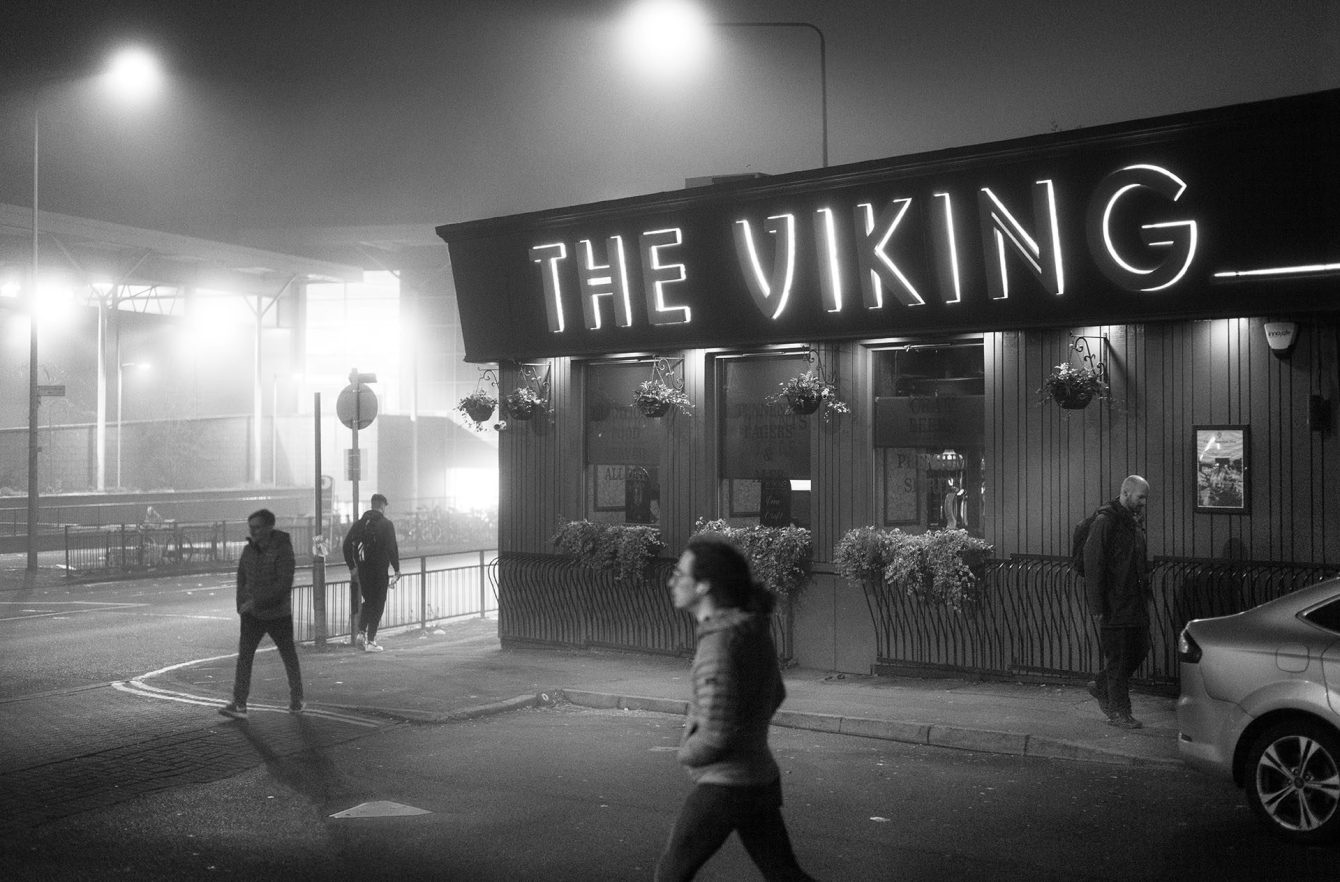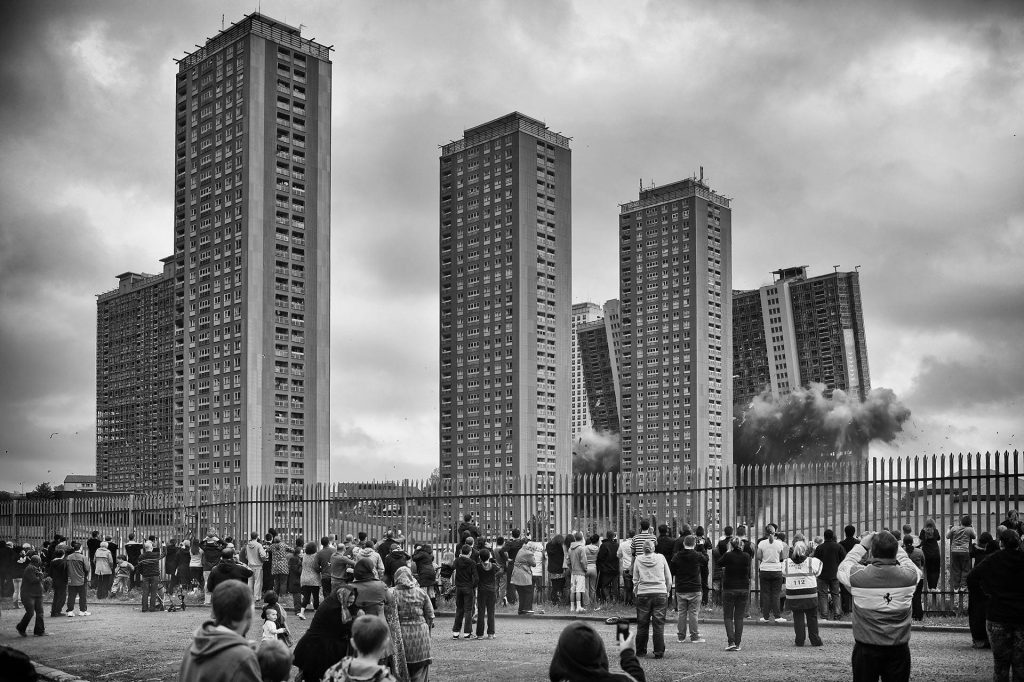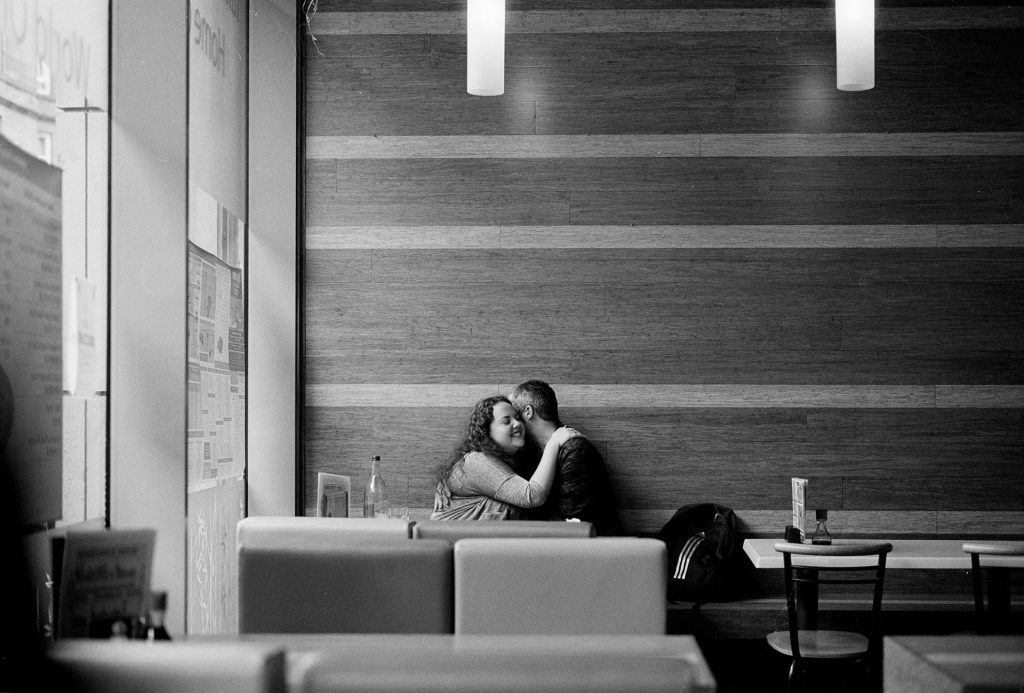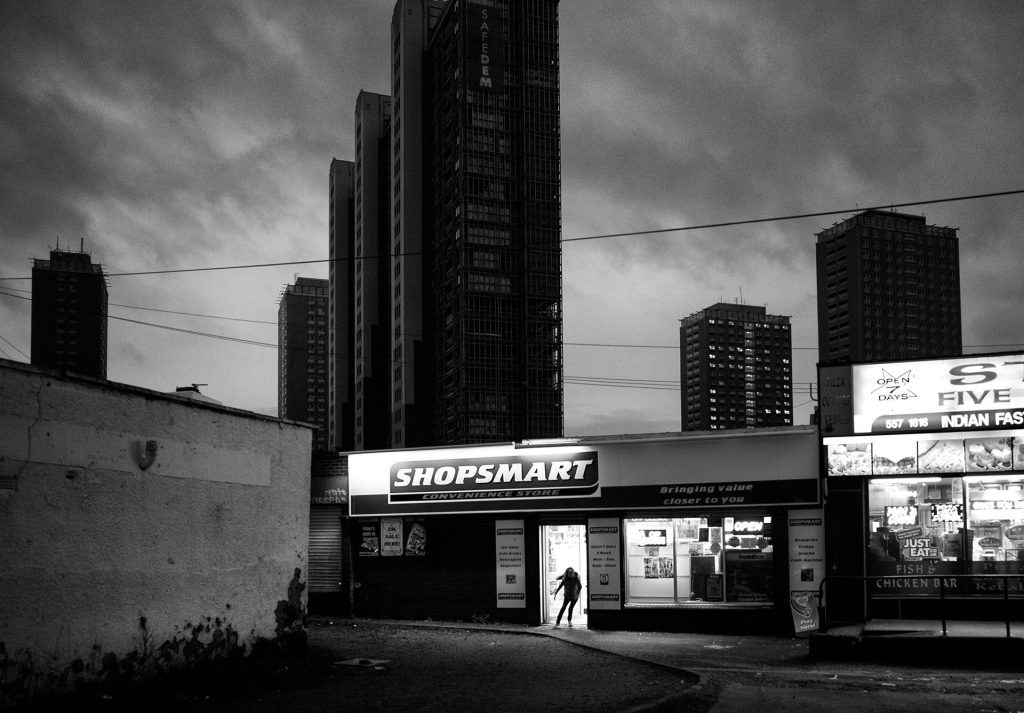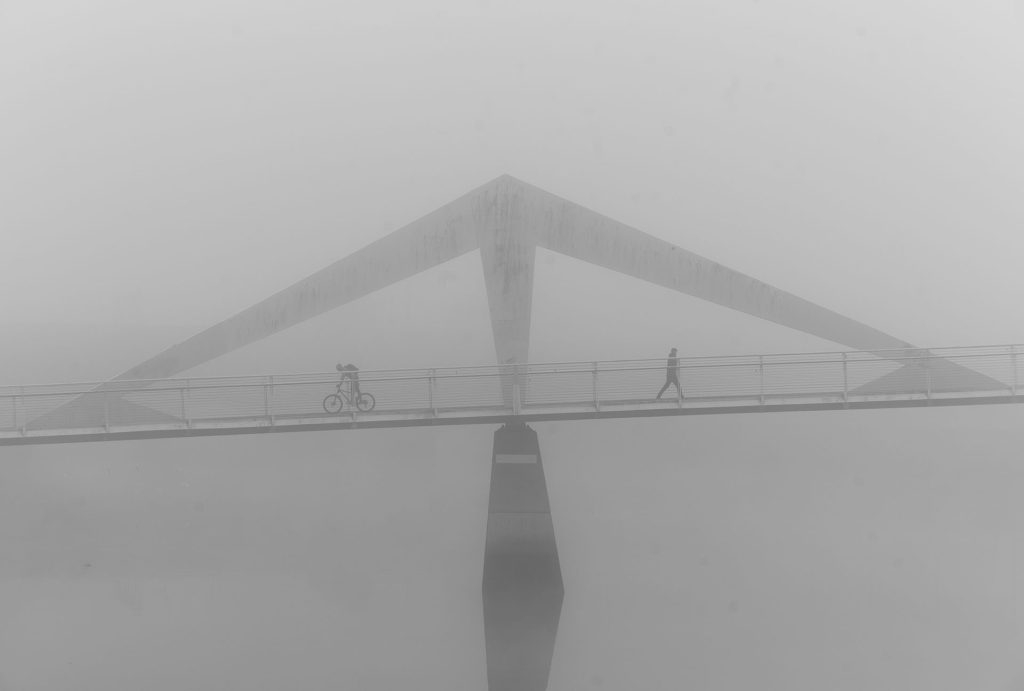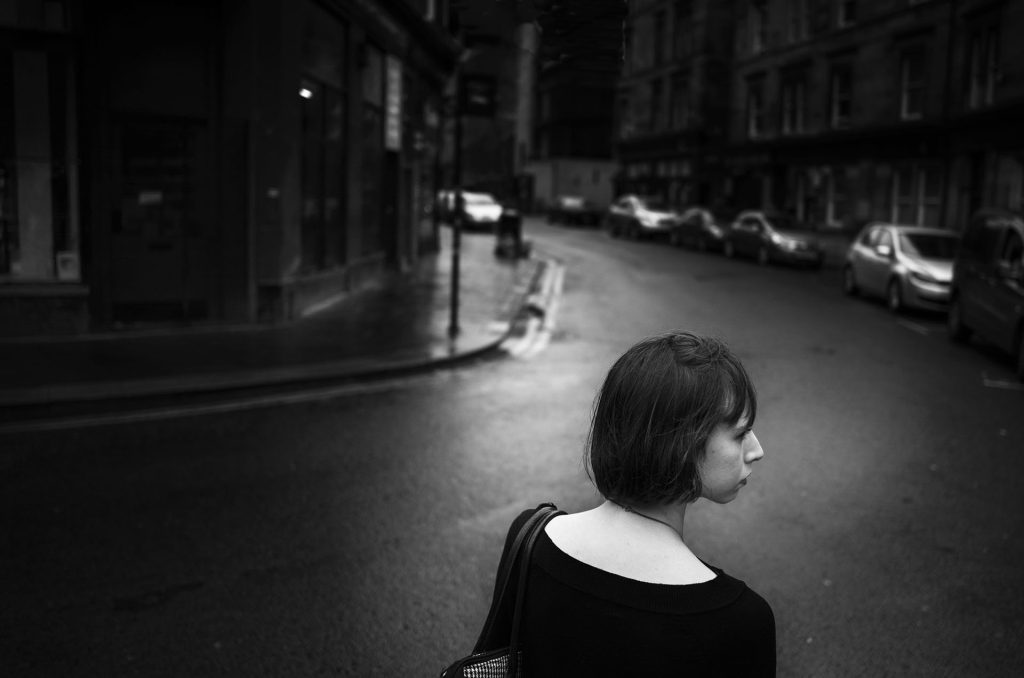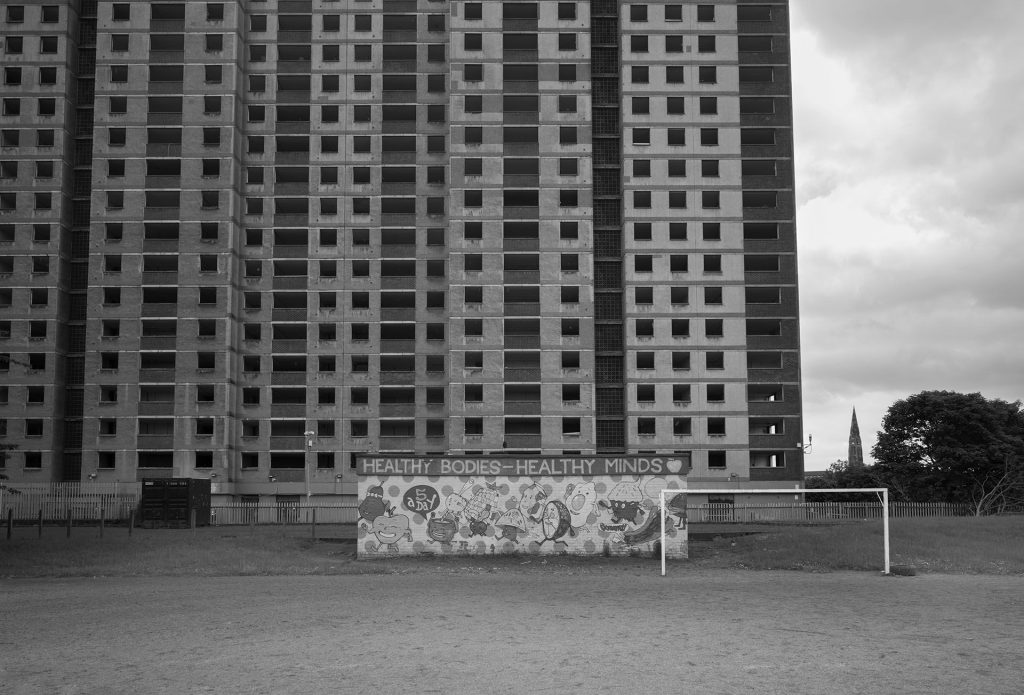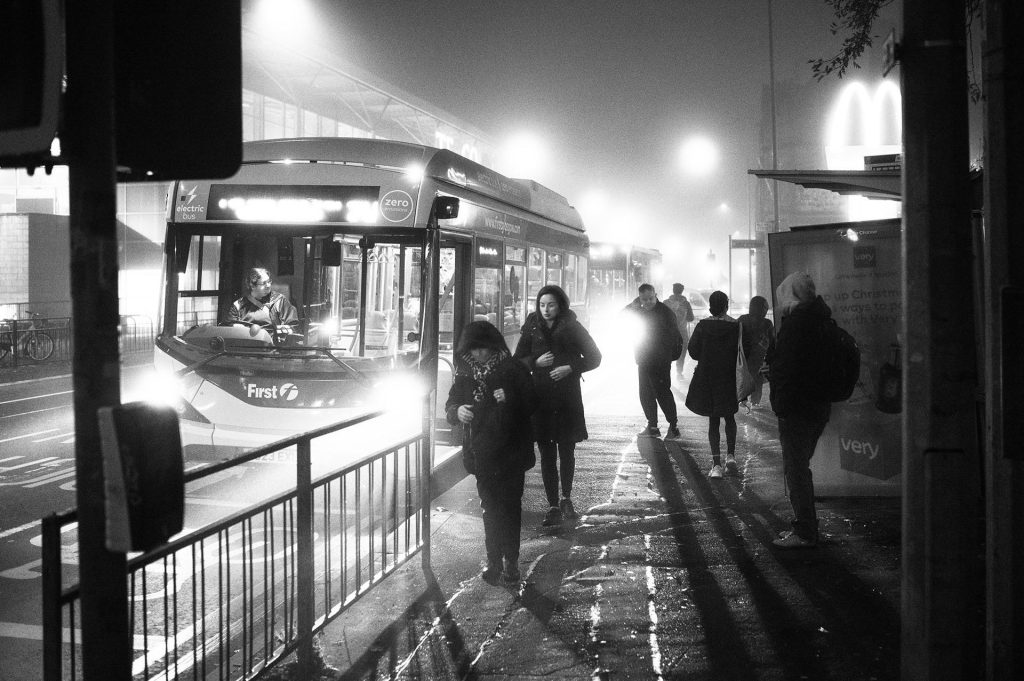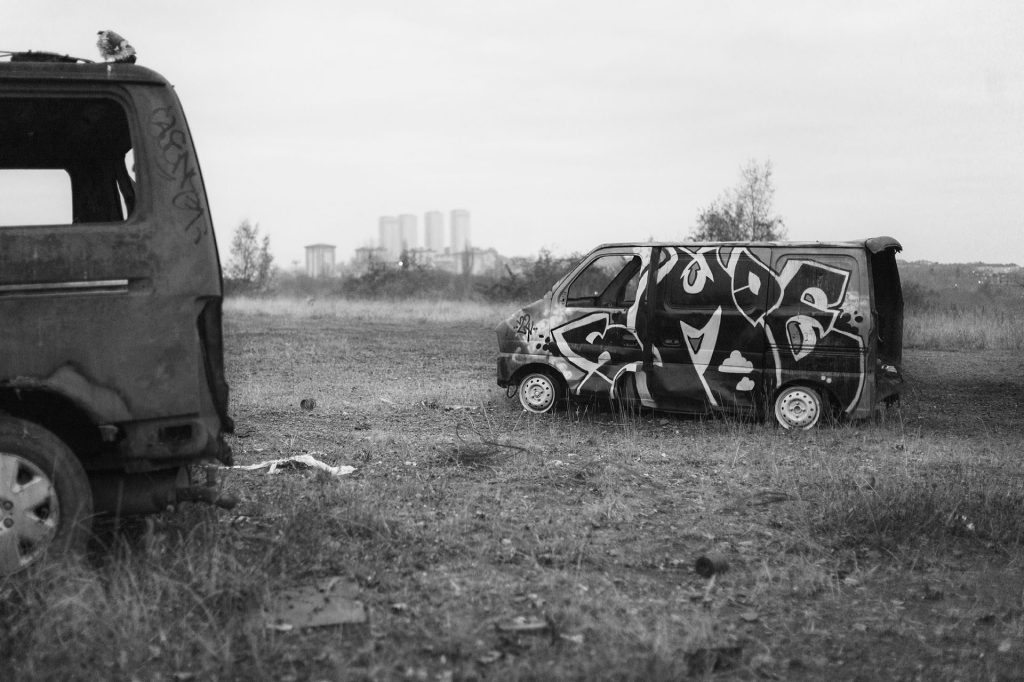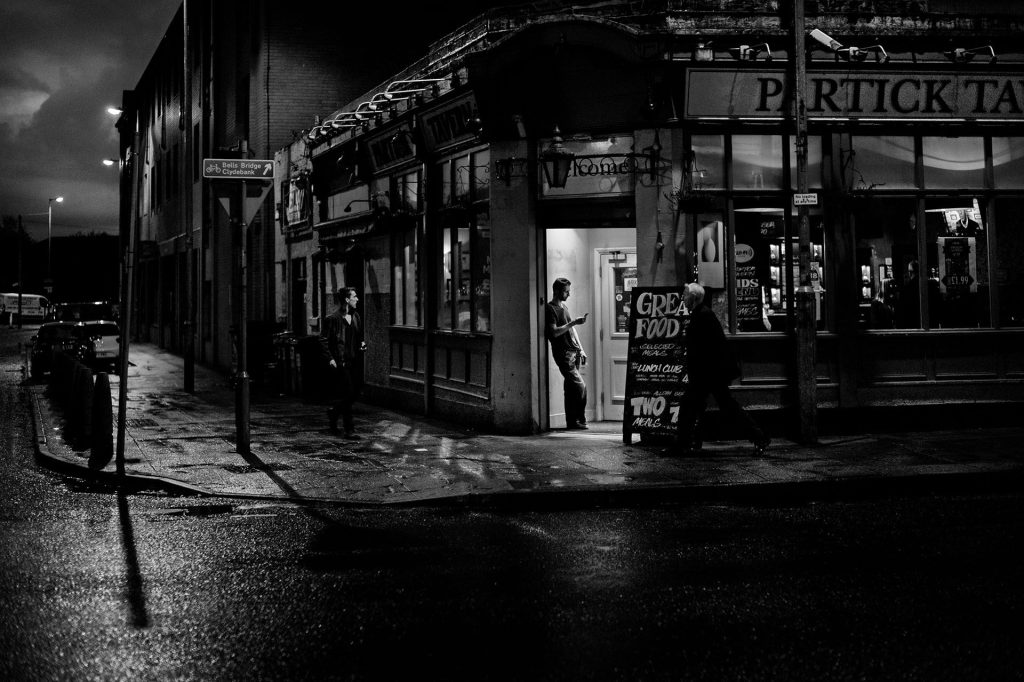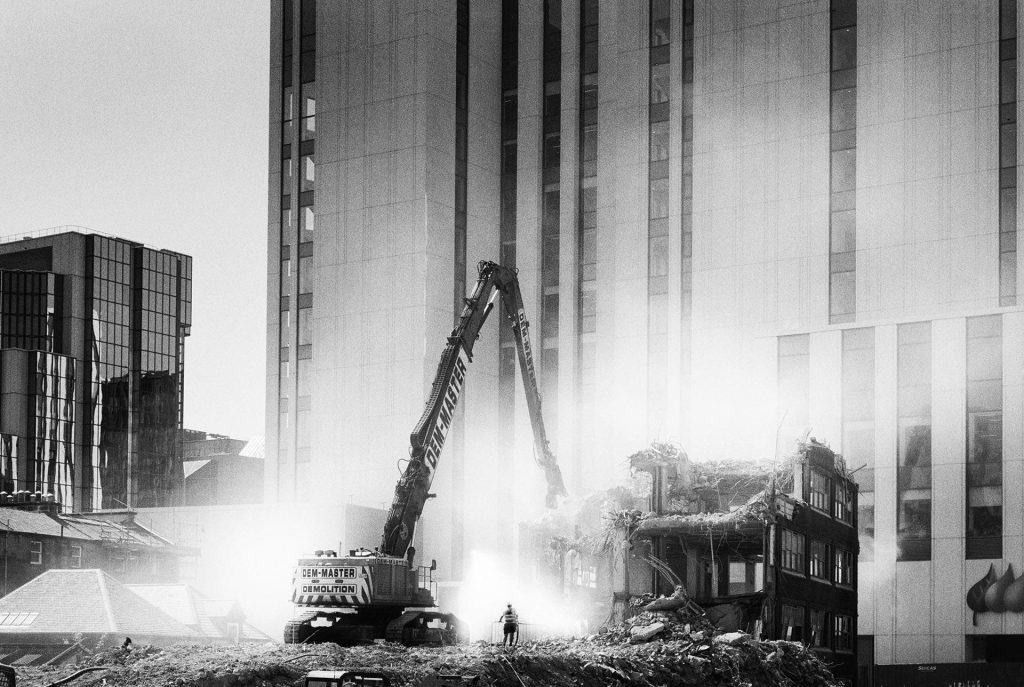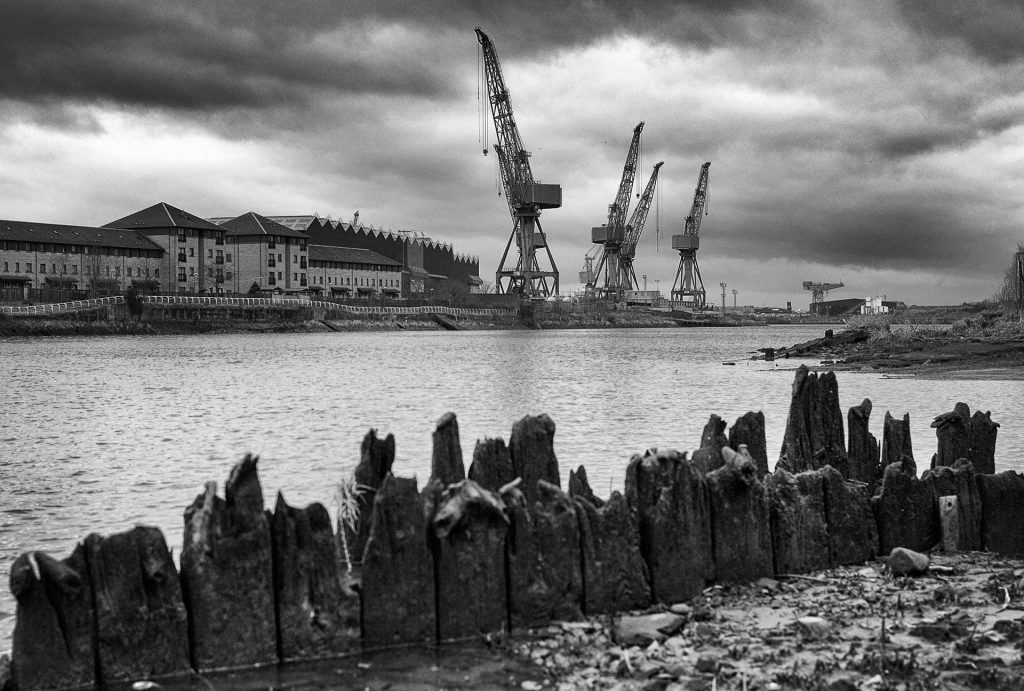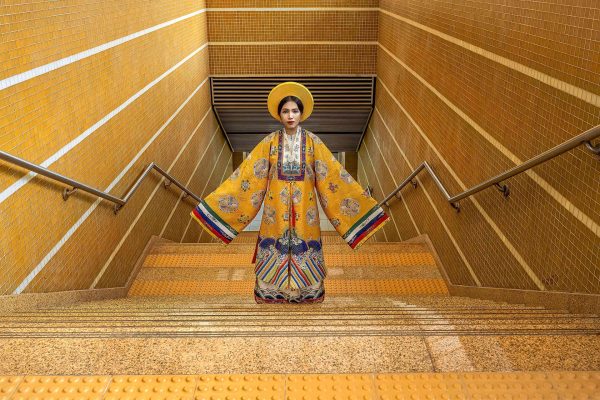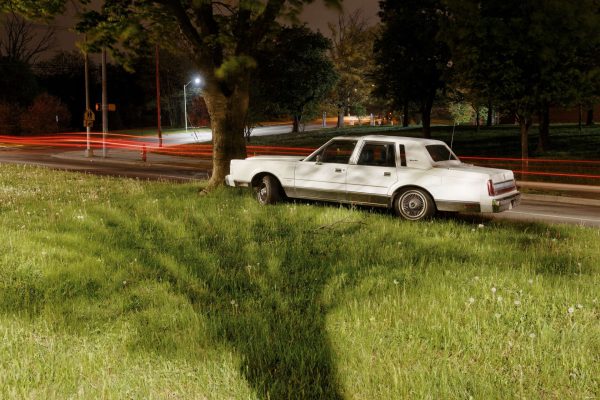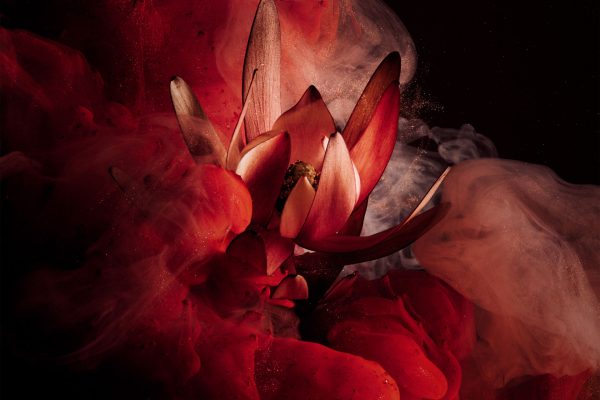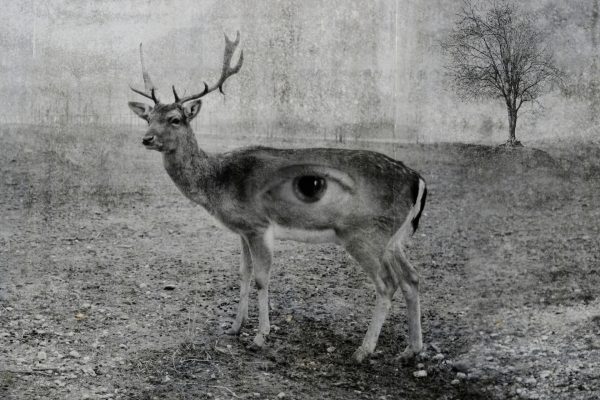Glasgow has always been a city of contradictions—grit and grandeur, decline and regeneration, defiance and despair. Once the industrial heartbeat of Britain, its shipyards and factories powered an empire, its tenements packed with workers who made the city hum. But as industry collapsed, so too did the livelihoods of thousands. In its wake came economic hardship, social unrest, and an enduring sense of struggle that has defined Glasgow for generations.
Photographer Colin Templeton has been bearing witness to these changes.
“I’ve been a press photographer for the UK nationals for over 30 years. For seven of those years, I was a staff photographer with The Herald/Evening Times/The National—based in my home city of Glasgow. It’s been a privilege, and I’ve loved the job. But sometimes it’s nice to photograph for yourself, with no deadlines, or anyone else to please.”
Fifteen years ago, Colin made a decision that would shape his personal body of work. He started carrying a camera at all times, not for an assignment, but for himself. It happened to coincide with a period of stark transformation in Glasgow—the demolition of tower blocks and shipyard cranes, the closure of nightclubs, the gentrification of pubs, and an explosion of graffiti across the city. By 2021, The Times had named Glasgow Britain’s most graffitied city.
“If I ever got to be an old guy, I’d like to look back on a body of work that meant something to me. So I started documenting the place. I’m trying to show a time of change, and I’ve intentionally shot it in black and white. The twin difficulties are knowing when to say that the project is finished, and what to leave out.”


